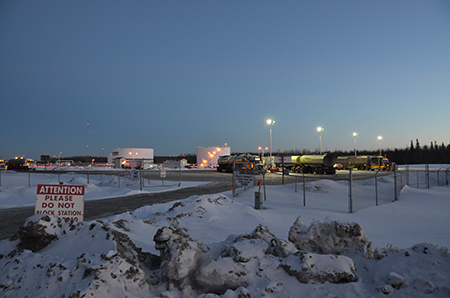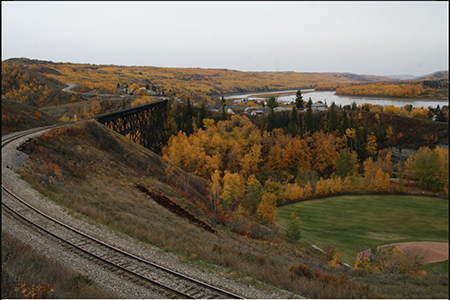Executive SummaryEveryone lives within a watershed, even those far from a major waterway. Watersheds influence the character of a landscape and in turn are influenced by the land and human activities. All we do on the land, how we care for the soil, the forests and wildlife, and every other aspect of the watershed has an impact, not just on the local watershed, but far downstream. The Mighty Peace Watershed Alliance (MPWA) is committed to increasing public understanding of trends affecting the Peace and Slave Watershed. The Alliance is the designated Watershed Planning and Advisory Council for the Peace/Slave River Water Basin. This report is the first attempt to document the state of the watershed and identify significant stewardship challenges and options. It is a snapshot of the watershed today — what we know and don't know. Our goal is to engage the public and stakeholders with an interest in preserving the water resources of the region. The MPWA commissioned three technical reports and a directory on water quantity and quality and aquatic ecosystems of the watershed. The complexity of watershed dynamics makes it impossible to measure all the influential factors, but it is possible to identify representative elements of the region. Measurements should be based upon sound science and be relevant to the overall health of the watershed and its people, plants and animals. Drawing on research and consultations with stakeholders, the Alliance chose six categories of indicators: Landscape, Biological Community, Surface Water Quantity, Surface Water Quality, Groundwater Quantity, and Groundwater Quality. Overall, research shows that the Peace and Slave rivers, as well as their larger tributaries (Smoky, Wabasca) are relatively healthy. They have good water quality and strong fish populations. Less than 1% of the natural flow of the Peace is allocated for use, given that the river is large and the population is relatively small (4% of the provincial total). The most important freshwater aquifer in the watershed, the Grimshaw Gravels Aquifer, is still a reliable supply of clean water. This aquifer and its source areas must be protected, since at least four municipalities and many rural residents rely on it. Most riparian areas show good health, as they are largely untouched in the Wabasca, Lower Peace, and Slave River sub-watersheds, and to a lesser extent in the Central Peace. On the other hand, some of the 12 aquifers that are monitored on an ongoing basis show signs of over-use. Certain areas that are highly valued by the watershed's stakeholders are also under threat. The critical riparian areas of the Smoky/Wapiti and Upper Peace that are associated with streams of all sizes are highly disturbed. Invasive plant species in riparian areas are surprisingly high — up to 30% of coverage in some areas. Smaller tributaries in areas with significant human footprints are in poor health. In many cases, fish populations are under stress, certain species are extirpated and lake and stream water quality are poor. As with many areas of the province, fish population densities in most monitored lakes, particularly for those with easy access, are low due to fishing pressure stress and loss or alteration of habitat. Point sources of pollution from the Aquatera and Weyerhaeuser wastewater streams and non-point sources of pollution from the City of Grande Prairie have caused a slight reduction in water quality. Impacts from point sources of pollution have been a management priority for many years and those impacts have been kept to a minimum due to significant technological improvements over time. Non-point sources of pollution require some attention in the future. Informed water and watershed management planning in the watershed remains a challenge. For one, a full accounting of water quantity is impossible due to a lack of data on groundwater resources. This is particularly important, as some freshwater aquifers appear to be under stress. Similarly, insufficient information is available on wetlands, and an accounting of wetland loss for the entire watershed and hotspots of highest loss is lacking. More studies are also needed on the extent of invasive species. This report identifies the most vulnerable parts of the watershed — which areas should be examined more closely and which appropriate management actions considered. Just as watersheds change, so does our understanding, making a state of the watershed report part of a process, not an endpoint. The health of watersheds and the impact, sustainability and interaction of the activities within them should all be considered and updated regularly. Adopting this strategy can help managers plan for and adjust to changes (both good and bad) in the health and sustainability of a watershed. |
    .jpg) |
| © 2015 Mighty Peace Watershed Alliance | CONTACT THE ALLIANCE | NEXT PAGE: Geography |